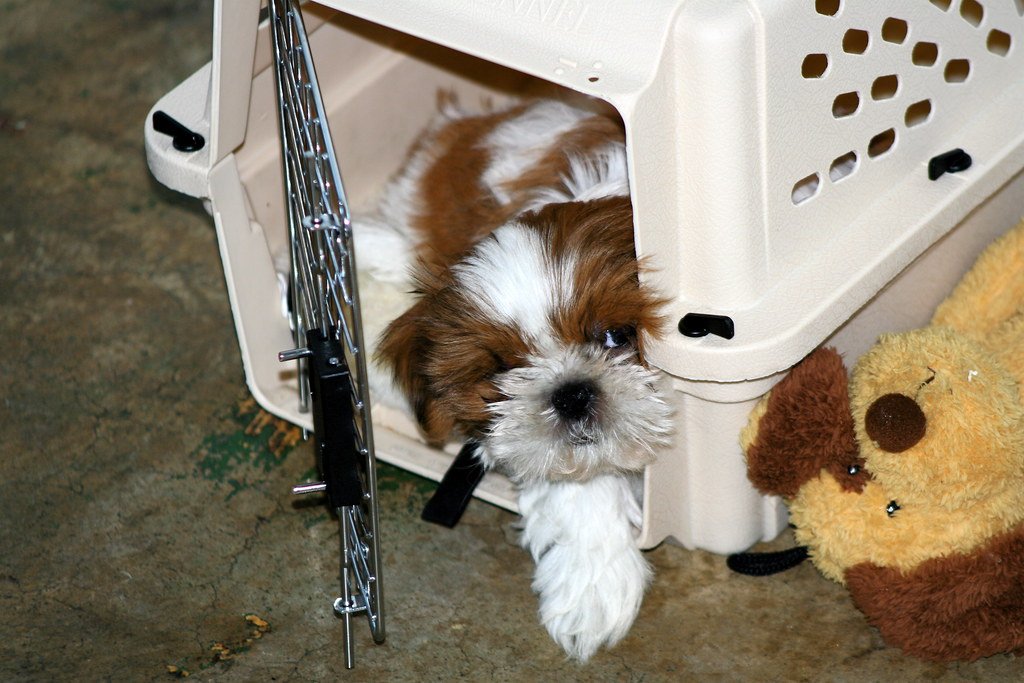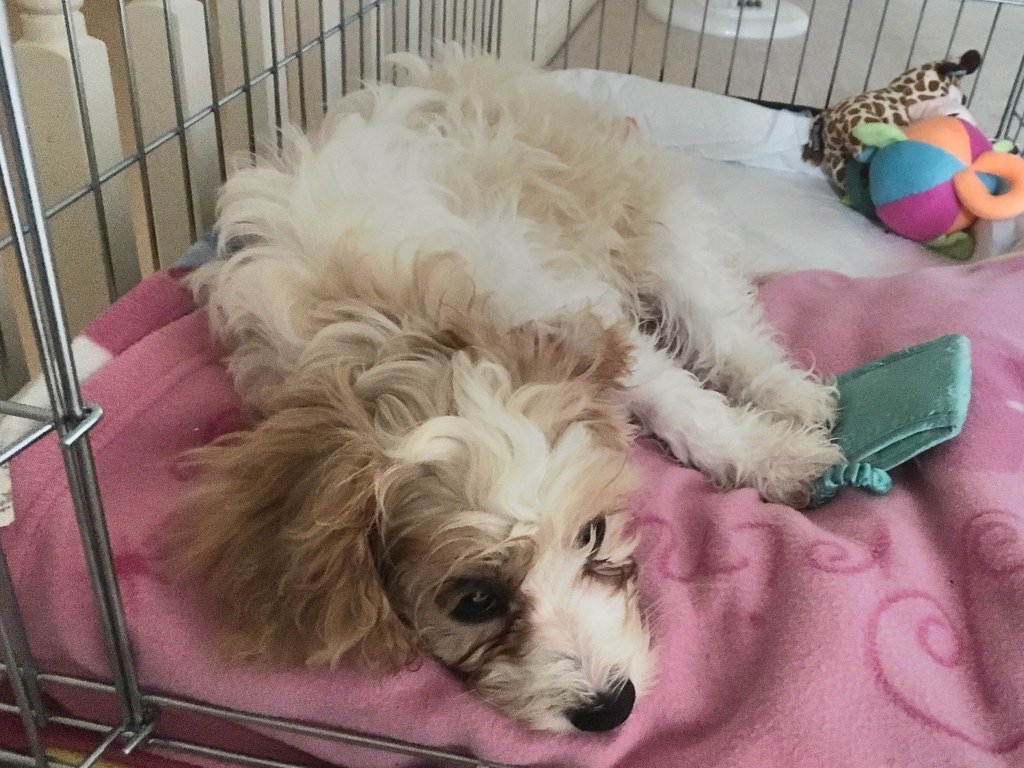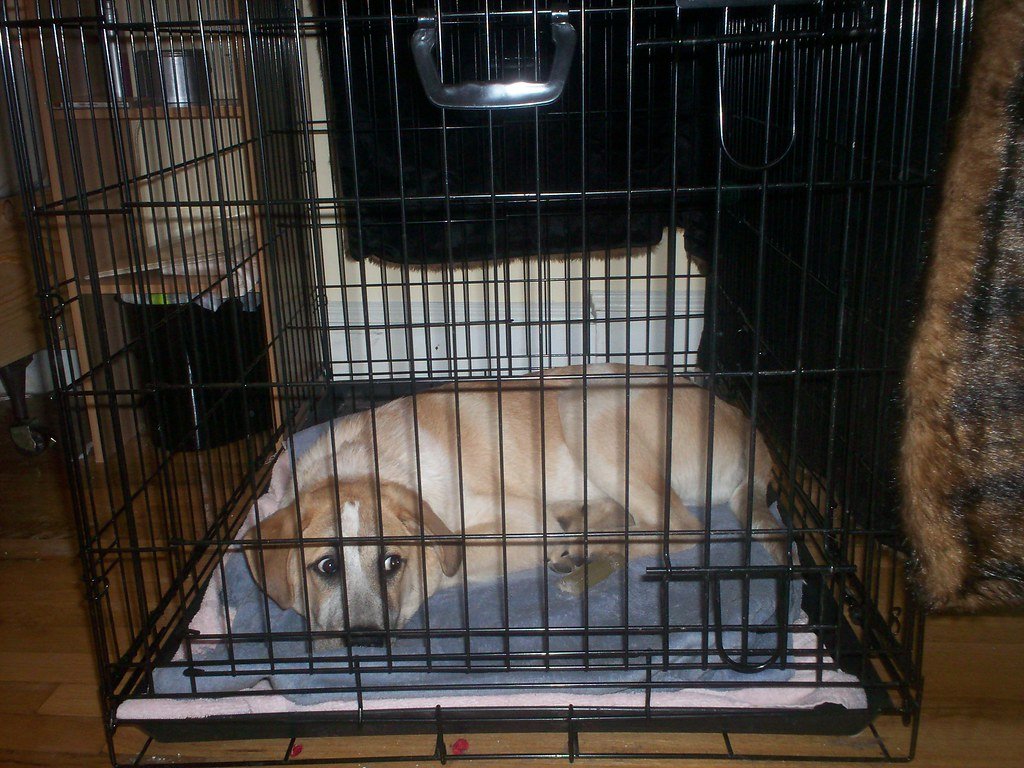Crate training can be a game-changer for both you and your dog, but timing is everything. Ideally, you should start crating your dog as early as 8 to 10 weeks old, when they’re still young enough to learn routines and feel secure in their space. For older dogs, it’s never too late—but it might take a little more patience and positive reinforcement. The key is to make the crate a cozy, safe haven—not a punishment zone. Introduce it gradually with treats, toys, and short sessions, building up their comfort over time. Crates can help with potty training, reduce anxiety, and keep curious pups safe when you’re not around. Just remember: it’s all about creating a space they love, not fear.
The Best Age to Start Crating Your Dog

Starting crate training at the right age can make all the difference. Most experts agree that the sweet spot is when a puppy is about 8 to 10 weeks old. At this age, puppies are still forming their first impressions of the world, and a crate can quickly become their safe haven—a cozy den where they can relax and recharge. If you wait too long, say past six months, your dog may already have developed habits and anxieties that make crate training more challenging.
It’s not just about puppies, though. If you adopt an older dog, gentle crate training can still help them feel secure in a new environment. The key is to go slow, using plenty of patience and positive reinforcement. Just remember, it’s never too early to introduce a crate, but it’s also rarely too late—what matters most is your approach and consistency.
Signs Your Dog Is Ready for Crate Training

You might be surprised at how quickly some puppies take to a crate. If your dog naturally seeks out enclosed spaces—like hiding under a table or snuggling into a pile of laundry—that’s a good clue they’ll appreciate a crate. Other signs include a willingness to explore new things, a calm demeanor, and curiosity about their surroundings.
Every dog is different, though. Some puppies might be a bit anxious at first, whining or scratching at the crate door. That’s perfectly normal. What they need is gentle guidance, comfort, and a steady routine. Watch for moments when your dog is tired or relaxed, as these are perfect opportunities to introduce the crate and build positive associations.
Why Crating Can Be Beneficial for Dogs
Crating isn’t just about giving you a break—it’s about giving your dog a sense of security. Dogs are den animals by nature. A crate serves as a modern den: a private, peaceful corner where they can retreat when life feels overwhelming. This is especially important for puppies, who are easily overstimulated.
Crating also makes house training a breeze. Dogs naturally avoid soiling their sleeping area, so a crate helps teach bladder control and builds good habits. Plus, it keeps your pup safe from household dangers when you can’t supervise directly. In emergencies, like a trip to the vet or a family move, being comfortable in a crate can reduce stress for both you and your dog.
Common Mistakes to Avoid When Starting Crate Training

It’s easy to make honest mistakes when you’re new to crating. One of the biggest is leaving your dog in the crate for too long. Puppies can only hold their bladders for about one hour per month of age, so regular breaks are a must. Over-crating can lead to anxiety, restlessness, and even accidents inside the crate.
Another common misstep is using the crate as a punishment. If your dog associates the crate with being “in trouble,” they’ll quickly learn to fear it. Instead, make the crate a place of comfort—think soft bedding, favorite toys, and treats. Always reward your dog for going in voluntarily, and avoid forcing them inside.
How to Introduce the Crate with Kindness
Introducing the crate should be a gentle, positive experience. Place the crate in a quiet but social area of your home, and leave the door open at first. Sprinkle treats inside or feed your dog meals near the crate so they associate it with good things. Let your dog explore at their own pace, without pressure or force.
Gradually encourage your dog to spend more time in the crate, starting with a few minutes and building up to longer periods. Use calm praise and gentle words. If your dog whines, wait for a pause before letting them out—this teaches them that quiet behavior gets rewarded. Patience is key; every positive moment builds trust and comfort.
How Long Should a Dog Stay in the Crate?
Understanding how long your dog can comfortably stay in the crate is crucial. For young puppies, a general rule of thumb is their age in months plus one equals the maximum hours they can stay crated. So, a three-month-old puppy should not be crated for more than four hours at a stretch. Adult dogs can handle six to eight hours, but every dog is different.
Never use the crate as a long-term babysitter. Dogs need exercise, play, and social interaction. If you’re away for long periods, ask a friend or hire a pet sitter to give your dog breaks. Remember, a crate is a tool for safety and comfort—not a substitute for love and attention.
Transitioning Your Dog Out of the Crate

As your dog grows and learns the rules of your home, you may wonder when it’s time to stop using the crate. There’s no set age—it depends on your dog’s maturity, behavior, and confidence. Gradually increase your dog’s freedom when you’re home, monitoring for any signs of mischief or anxiety.
If your dog consistently makes good choices and seems relaxed, you can try leaving the crate door open at night or when you step out briefly. Some dogs will always love their crate, while others may outgrow the need. What matters is that your dog feels secure and trusted, whether inside the crate or out.
Listening to Your Dog’s Needs and Emotions

Every dog has a unique personality and history. Some take to the crate like a duck to water, while others need extra patience and reassurance. Pay close attention to your dog’s reactions—if they seem fearful or stressed, slow down and offer more support. Never ignore signs of distress, as this can create long-term anxiety.
Crate training should always be an act of love. Think of it as teaching your dog that the world is a safe, predictable place—one cozy nap at a time. Celebrate the little victories, and remember that your dog is looking to you for guidance, comfort, and understanding.
Starting crate training at the right time sets your dog up for success and gives you peace of mind, too. Whether you’re working with a young pup or an older rescue, patience and positive vibes make all the difference. When done right, a crate becomes their personal safe space—not a cage. It’s all about building trust and comfort, one paw at a time.

Born and bred in South Africa, a Capetonian at heart. Amy-Leigh’s love for nature and animals was inherited from her Dad. He loves taking the family on road trips to experience nature at its finest; Amy-Leigh’s favourite being whale watching in Hermanus and spotting Kudu along the West Coast. Amy-Leigh holds a BA in English Literature and Communication Studies.





